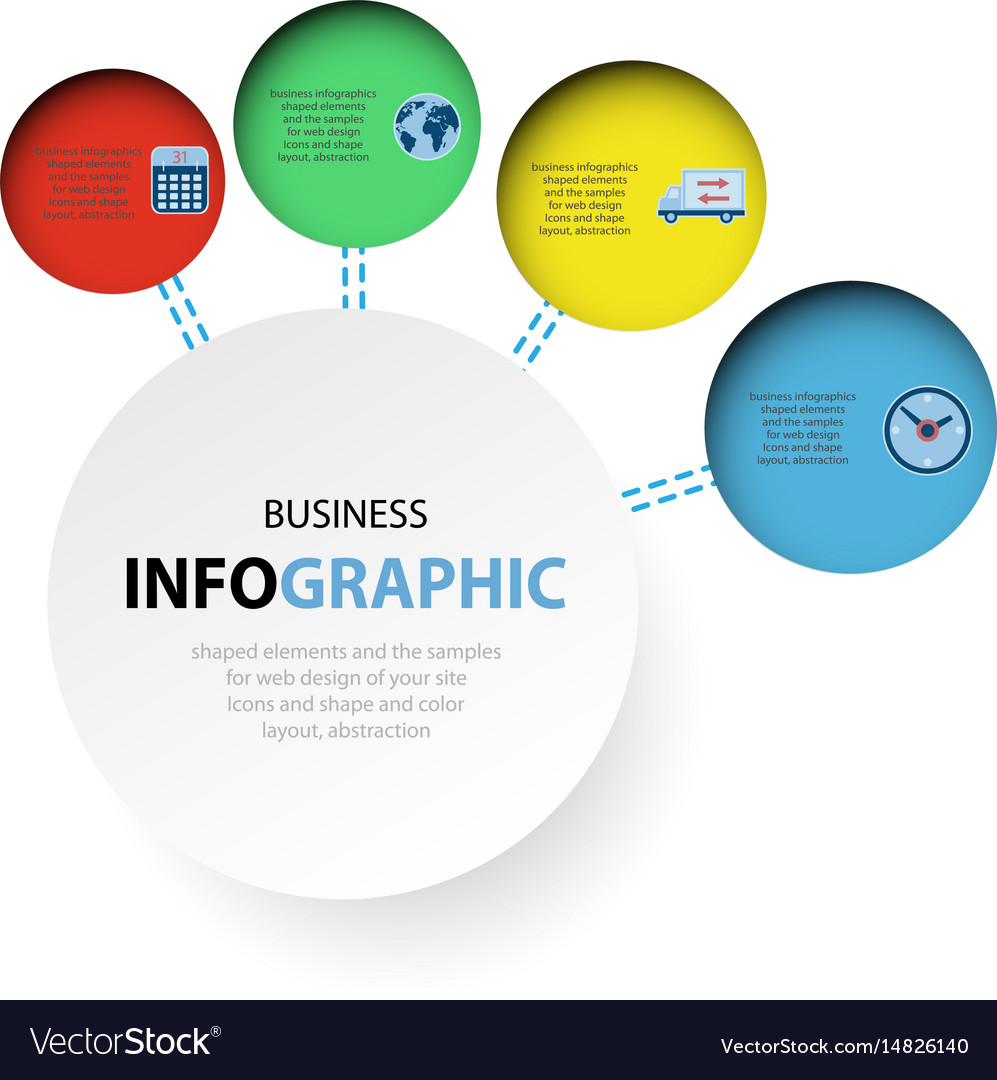Intrigued In Learning How Internet Site Style Has Progressed? Take A Journey Via The Transformation
Intrigued In Learning How Internet Site Style Has Progressed? Take A Journey Via The Transformation
Blog Article
Authored By-Bradshaw Clarke
In the past, sites were easy and focused on information. Navigation was straight, and style was for desktop computers. Now, customer experience is key. Data guides layouts for easy navigating. Receptive layouts fit various devices. Today, dark setting reduces strain, and minimal menus enhance navigation. Interactive features engage individuals, and strong visuals stick out. AI assimilation boosts engagement. See just how style has evolved to improve your on the internet trip.
Very Early Days of Website Design
In the early days of web design, simpleness reigned supreme. Sites were fundamental, with restricted shades, fonts, and layouts. The emphasis was on supplying info rather than showy visuals. Individuals accessed the web through slow-moving dial-up links, so speed and performance were crucial.
Navigating menus were straightforward, typically located on top or side of the page. please click the following internet site were designed for computer, as mobile browsing wasn't yet common. Material was king, and developers focused on very easy readability over complicated layout aspects.
HTML was the primary coding language made use of, and developers had to work within its constraints. Computer animations and interactive attributes were marginal compared to today's standards. Web sites were static, with little vibrant material or individualized customer experiences.
Rise of User-Focused Design
With the evolution of internet site layout, a change in the direction of user-focused layout principles has come to be progressively popular. Today, developing internet sites that focus on individual experience is essential for involving visitors and achieving organization objectives. User-focused layout includes comprehending the demands, preferences, and habits of your target audience to tailor the internet site's layout, content, and features as necessary.
Developers currently carry out complete research study, such as customer studies and usability screening, to gather understandings and responses directly from individuals. This data-driven technique helps in developing intuitive navigation, clear calls-to-action, and visually attractive user interfaces that resonate with site visitors. By placing the customer at the center of the design procedure, internet sites can provide an extra customized and satisfying experience.
Responsive style has actually likewise emerged as a crucial facet of user-focused style, ensuring that sites are optimized for different devices and screen dimensions. This flexibility enhances ease of access and use, accommodating the diverse ways users connect with internet sites today. In essence, the increase of user-focused layout symbolizes a change towards producing electronic experiences that focus on the requirements and assumptions of the end user.
Modern Trends in Website Design
Discover the current trends forming website design today. One noticeable trend is dark setting design, using a streamlined and modern look while lowering eye stress in low-light environments. One more essential pattern is minimal navigation, streamlining menus and boosting individual experience by concentrating on essential elements. Including micro-interactions, such as computer animated buttons or scrolling impacts, can create a much more engaging and interactive site. Responsive style continues to be critical, ensuring seamless individual experiences throughout various tools. Additionally, using vibrant typography and unbalanced layouts can include visual rate of interest and draw attention to particular web content.
Integrating AI modern technology, like chatbots for client assistance or individualized recommendations, enhances user engagement and streamlines processes. Ease of access has likewise end up being a significant trend, with developers focusing on inclusive design methods to cater to diverse user needs. Welcoming sustainability by enhancing site efficiency for speed and effectiveness is an additional emerging pattern in website design. Collaborating with user comments and information analytics to repeat and enhance style continually is necessary for staying relevant in the ever-evolving electronic landscape. By welcoming these modern trends, you can produce an aesthetically appealing, straightforward web site that reverberates with your audience.
Conclusion
As you reflect on the development of website style from the very early days to currently, you can see exactly how user-focused design has ended up being the driving force behind modern-day trends.
Welcome the trip of adjustment and adaptation in web design, always keeping the user experience at the center.
Stay present with the most up to date patterns and technologies, and never ever stop developing your technique to create aesthetically spectacular and straightforward websites.
Advance, adjust, and create - the future of web design remains in your hands.
